07-04-2023

Iceland, a small island nation in the North Atlantic Ocean, is a country full of surprises and natural wonders. From its rugged landscapes to its vibrant culture, there's always something new to discover.
In this article, we'll explore 15 cool and interesting facts about Iceland that will make you fall in love with this unique destination. With over 2500 words of captivating content, we invite you to dive into the world of glaciers, volcanoes, and geysers to find out what makes Iceland so special.
One of the most fascinating facts about Iceland is its contrasting landscape. The country is often referred to as the Land of Fire and Ice due to its numerous volcanoes and glaciers. With over 130 volcanic mountains, 30 active volcanic systems, and around 11% of its land covered by glaciers, Iceland offers visitors a truly one-of-a-kind experience.
The juxtaposition of ice and fire creates a breathtaking environment, with black sand beaches, steaming geothermal fields, and massive icebergs floating in glacier lagoons. One such example is the famous Jökulsárlón Glacier Lagoon, where visitors can witness icebergs breaking off from the glacier and drifting out to sea.
In addition, Iceland is home to Europe's largest glacier, Vatnajökull, which covers an area of 8,100 square kilometers. This colossal ice cap, along with its numerous outlet glaciers, is a popular destination for adventurous travelers seeking to explore the surreal beauty of Iceland's icy wilderness.

One of the most interesting facts about Iceland is its commitment to renewable energy. The country's unique geography, rich in geothermal and hydroelectric resources, allows it to generate almost 100% of its electricity from renewable sources. This sustainable approach to energy production is something that Iceland takes great pride in.
Geothermal energy, harnessed from the heat generated by the Earth's interior, is used to heat around 87% of Icelandic homes, as well as numerous swimming pools and greenhouses. The Hellisheiði Geothermal Power Plant, located just outside of Reykjavík, is the largest geothermal power station in Iceland and the third-largest in the world.
Hydroelectric power also plays a significant role in Iceland's energy production, with large-scale projects like the Kárahnjúkar Hydropower Plant generating electricity for both domestic use and aluminum production. The country's focus on renewable energy not only reduces its dependence on fossil fuels, but also makes it a leader in clean energy technology and research.
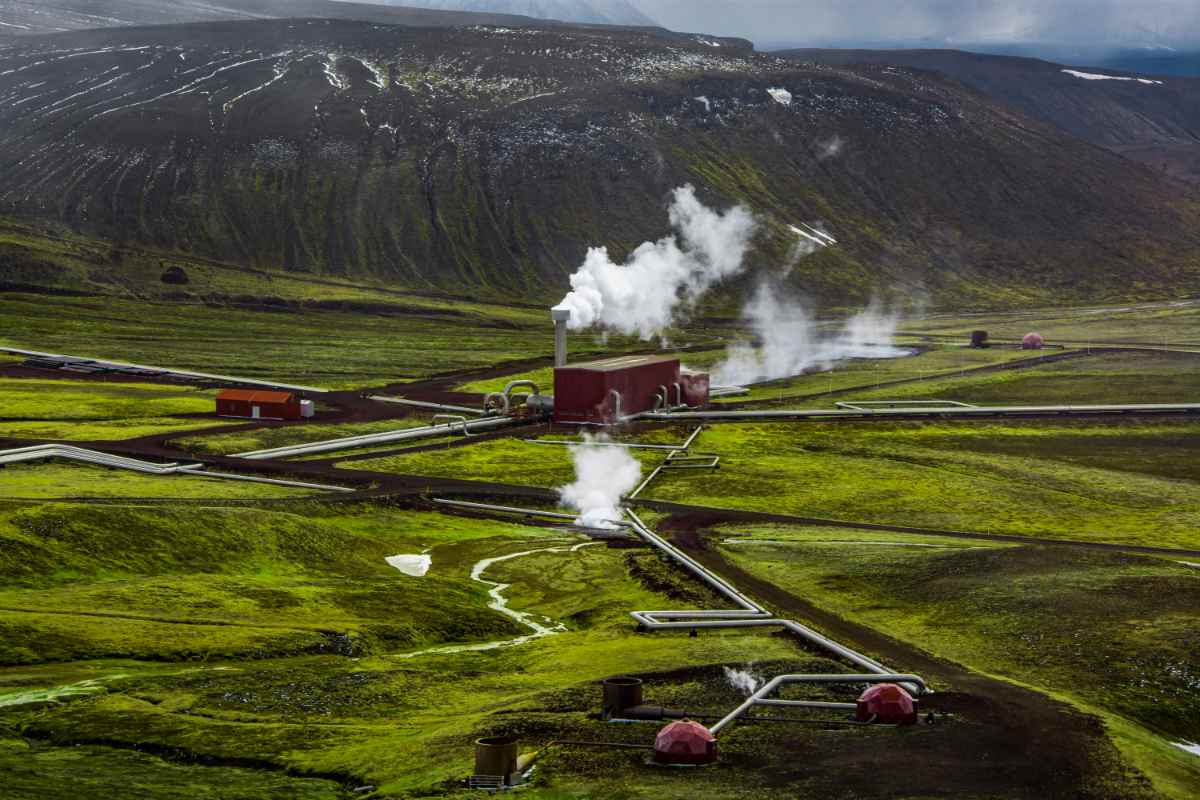
Icelandic, the official language of Iceland, is one of the oldest and purest languages in the world. It's an interesting fact that the language has changed very little since the time of the Vikings, making it possible for modern Icelanders to read ancient texts with relative ease. This linguistic stability is a testament to Iceland's rich history and cultural preservation.
One reason for the preservation of the Icelandic language is the country's geographical isolation, which has limited outside influences on the language. Additionally, Icelanders take great pride in their linguistic heritage and have made concerted efforts to maintain the purity of their language by creating new Icelandic words for modern concepts, rather than adopting foreign terms.
The Icelandic language is a part of the North Germanic language family and shares many similarities with Old Norse, the language of the Viking Age. Today, Icelandic is spoken by approximately 350,000 people worldwide, making it one of the smallest and most unique linguistic communities in the world.

When it comes to Iceland culture facts, the country's love for literature is certainly worth mentioning. Iceland has one of the highest literacy rates in the world, and it's home to a strong literary tradition.
In fact, one in ten Icelanders will publish a book in their lifetime. This passion for literature can also be seen during the annual Reykjavík International Literary Festival, which attracts authors from around the world.
Iceland's literary history dates back to the 12th century, with the creation of the Icelandic Sagas, a collection of prose narratives that detail the lives and adventures of the country's early settlers. These historical and mythical tales, written in Old Norse, are considered literary masterpieces and continue to be studied and enjoyed today.
Modern Icelandic literature is diverse and innovative, with contemporary authors such as Arnaldur Indriðason, Yrsa Sigurðardóttir, and Sjón garnering international acclaim for their works.
With a thriving literary scene that includes bookstores, publishing houses, and reading clubs, Iceland is truly a paradise for book lovers.
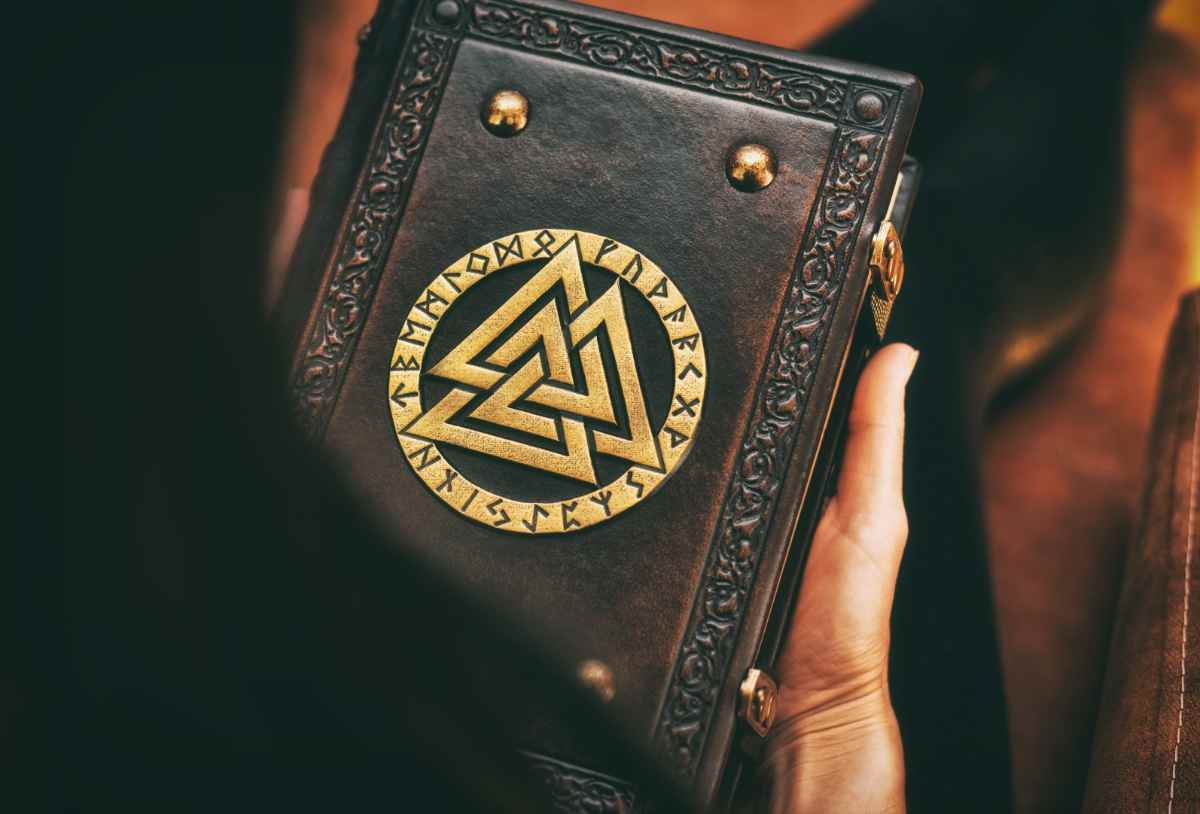
Reykjavík, the capital of Iceland, is the northernmost capital city in the world. With a population of just over 130,000, it's also one of the smallest. Despite its size, Reykjavík is a vibrant city with a rich cultural scene, including world-class museums, galleries, and music venues. Some interesting facts about Reykjavík include its commitment to sustainability and its stunning modern architecture, such as the Harpa Concert Hall and Conference Center.
As a leading city in the fight against climate change, Reykjavík aims to become carbon-neutral by 2040. Initiatives such as extensive public transportation, a focus on cycling infrastructure, and the adoption of electric vehicles are helping to make this goal a reality.
Reykjavík is also known for its lively arts scene, with numerous festivals and events taking place throughout the year. Some of the city's most popular events include the Reykjavík Art Festival, Iceland Airwaves music festival, and the Reykjavík International Film Festival. Visitors to the city can explore its creative side by visiting art galleries, attending concerts, or simply strolling through the colorful streets adorned with murals and sculptures.

Iceland Vikings facts reveal the country's deep connection to the Norse seafarers who settled the island in the late 9th century.
Many of today's Icelanders can trace their lineage back to the original Viking settlers, and the country's rich history is filled with tales of their legendary exploits. This Viking heritage is still celebrated today through events like the annual Viking Festival in Hafnarfjörður.
The Viking Age in Iceland was a period of exploration, expansion, and cultural development. Settlers from Norway, Sweden, and Denmark arrived on the island, bringing with them their language, customs, and beliefs. They established a unique society, governed by the Althingi, the world's first democratic parliament.
Icelandic sagas, such as the Saga of Erik the Red and the Saga of the Greenlanders, tell the stories of famous Viking explorers like Erik the Red and his son, Leif Erikson.
These intrepid seafarers are believed to have discovered Greenland and North America long before Columbus. The Viking Age left an indelible mark on Icelandic culture, with elements of the era still visible in the country's language, architecture, and art.
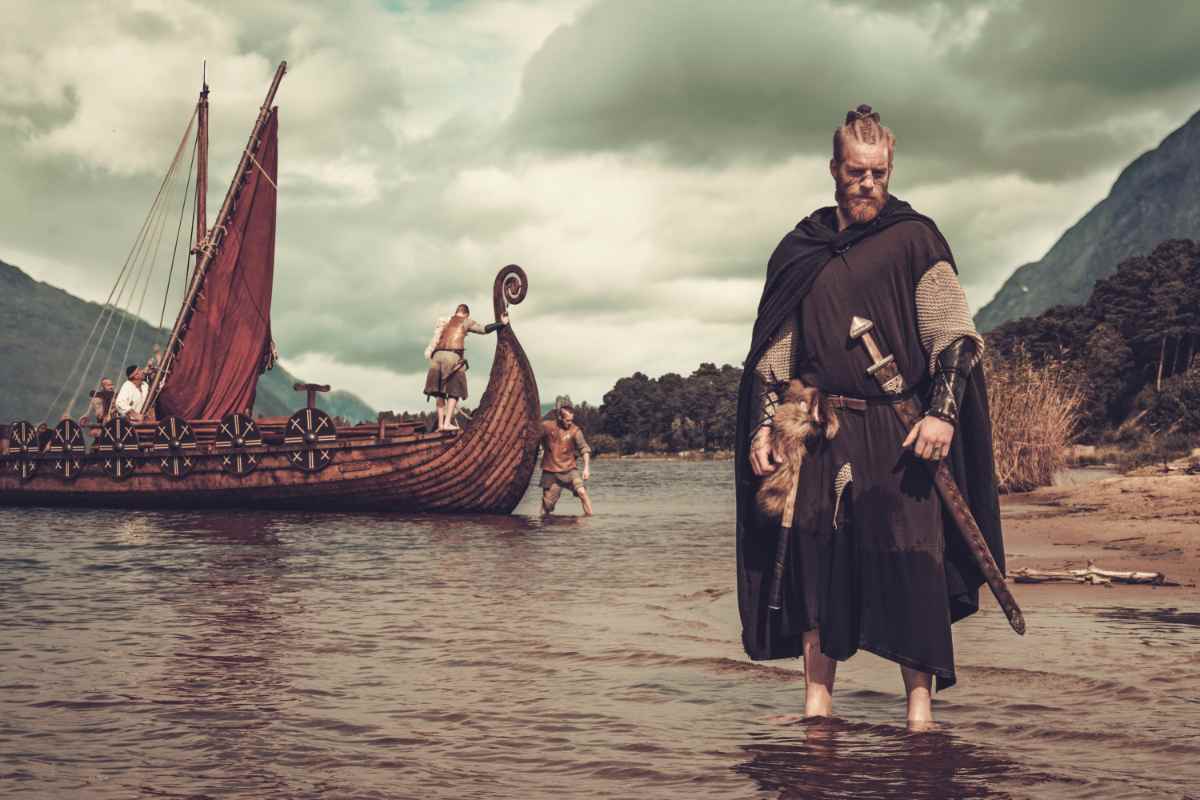
Iceland's geography facts highlight the country's unique position on the Mid-Atlantic Ridge, where the North American and Eurasian tectonic plates meet. This geological feature is responsible for the island's volcanic activity, which in turn creates the stunning landscapes and geothermal hotspots that draw visitors from around the world.
Iceland's geological diversity includes geysers, hot springs, lava fields, and black sand beaches, offering an array of natural attractions for travelers to explore.
The country is also home to several national parks, such as Þingvellir National Park, Vatnajökull National Park, and Snæfellsjökull National Park, which showcase its unique geological formations and biodiversity.
One of the most famous geological attractions in Iceland is the Golden Circle, a popular tourist route that includes the Geysir geothermal area, Gullfoss waterfall, and Þingvellir National Park. This route offers a glimpse into the powerful forces that have shaped Iceland's landscape over millions of years.
Another fascinating aspect of Iceland's geography is the presence of numerous caves, formed by volcanic activity, glaciers, and erosion. The country boasts an extensive network of lava tubes, ice caves, and sea caves, providing visitors with a unique opportunity to venture beneath the Earth's surface and explore its hidden wonders.

One of the most interesting things about Iceland is its abundant marine life, including a wide variety of whale species. The country's coastal waters are home to over 20 species of whales, making it an ideal destination for whale watching enthusiasts. The best time to spot these gentle giants is from April to September, when numerous tour operators offer exciting whale watching excursions.
Whale watching tours depart from several locations around Iceland, including Reykjavík, Akureyri, and Húsavík, often referred to as the "Whale Watching Capital of Iceland." Some of the most commonly sighted whale species in Icelandic waters include minke whales, humpback whales, blue whales, and orcas.
In addition to whales, visitors may also spot dolphins, porpoises, and various seabirds, such as puffins and guillemots.
Iceland's commitment to marine conservation is evident in its whale watching regulations, which emphasize responsible and sustainable practices. Tour operators are required to adhere to strict guidelines that minimize disturbance to the whales and protect their natural environment. This focus on conservation ensures that future generations can continue to enjoy the awe-inspiring experience of encountering these magnificent creatures in their natural habitat.

Iceland is one of the best places on Earth to witness the breathtaking phenomenon known as the Northern Lights or Aurora Borealis.
From September to April, when the skies are dark and clear, visitors have a chance to marvel at this natural light show as colorful ribbons of green, pink, and purple dance across the sky. This amazing fact about Iceland makes it a bucket-list destination for many travelers seeking to experience the wonder of the Northern Lights.
The Northern Lights are caused by charged particles from the sun colliding with the Earth's atmosphere. The intensity and visibility of the aurora depend on several factors, including solar activity, weather conditions, and the time of year.
While sightings can never be guaranteed, certain regions in Iceland, such as the Westfjords, the north, and the east, offer a higher likelihood of witnessing the lights due to their lower levels of light pollution.
In addition to traditional ground-based aurora-viewing experiences, visitors can also opt for unique excursions like guided photography tours, Northern Lights cruises, or even flights that take passengers high above the clouds for an unforgettable aerial perspective of the aurora.

When discussing 10 facts about Iceland, the Icelandic horse surely deserves a mention. This unique breed of horse is small, hardy, and has been present on the island since the time of the Viking settlers.
The Icelandic horse is known for its distinctive appearance, featuring a thick mane and tail, a muscular build, and a compact size.
One of the most remarkable qualities of this breed is its ability to perform five gaits, as opposed to the usual three (walk, trot, and canter) exhibited by most other breeds. The additional gaits, known as tölt and flying pace, provide a smooth and comfortable riding experience.
Icelandic horses have played a crucial role in the country's history and culture, serving as transportation, companions, and symbols of strength and endurance. Today, they are highly valued for their gentle temperament, versatility, and adaptability, making them excellent choices for riding and equestrian sports.
Visitors to Iceland can experience the joy of riding an Icelandic horse through various guided tours and excursions, which often traverse breathtaking landscapes such as lava fields, black sand beaches, and lush valleys. These rides provide a unique and immersive way to explore the beauty of Iceland while connecting with its rich equestrian heritage.
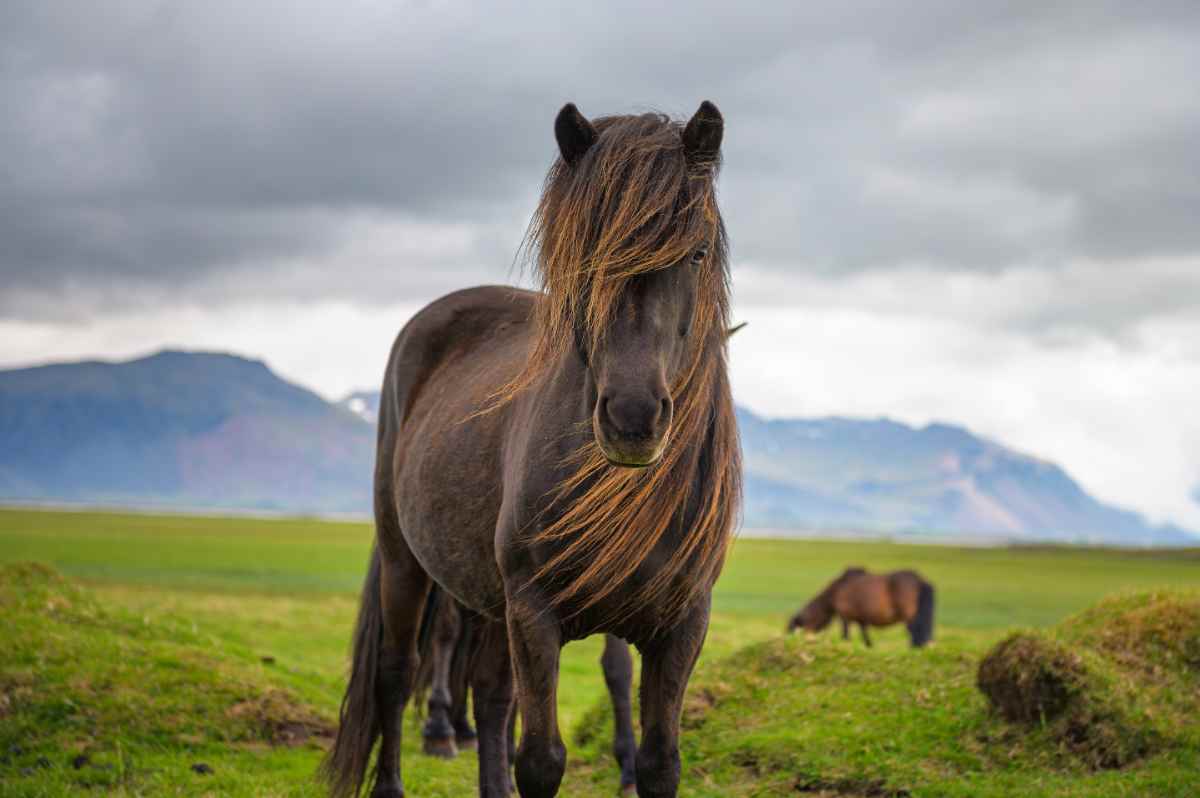
When it comes to interesting facts about Iceland, the country's thriving puffin population is certainly worth noting. With over 60% of the world's Atlantic puffins breeding in Iceland, the island is a haven for these adorable seabirds. Puffins are easily recognizable by their colorful beaks and distinctive waddling walk.
These charming birds can be found along the coastal cliffs of Iceland from April to September, where they nest in burrows during the breeding season. Some popular puffin-watching spots in Iceland include the Westman Islands, Látrabjarg cliffs in the Westfjords, and the cliffs near Borgarfjörður Eystri in East Iceland.
Various puffin-watching tours are available for visitors, including boat trips and guided walks, which provide a unique opportunity to observe these fascinating birds up close. These excursions often include information on puffin behavior, breeding habits, and conservation efforts to protect their habitat and populations.
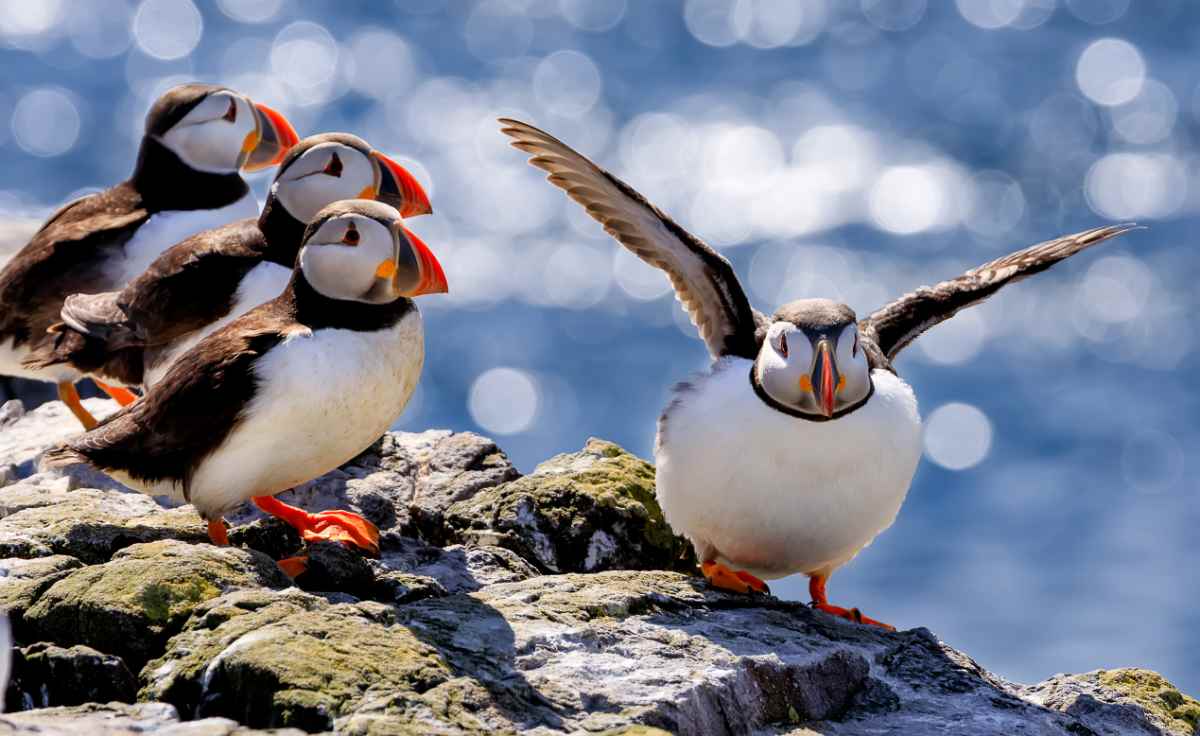
Exploring Iceland's culinary heritage is an essential part of any visit to the country. Traditional Icelandic cuisine is heavily influenced by the island's resources, with a focus on fish, lamb, and dairy products. Some classic dishes include harðfiskur (dried fish), skyr (a thick yogurt-like dairy product), and hangikjöt (smoked lamb).
In recent years, Icelandic cuisine has experienced a resurgence, with contemporary chefs embracing traditional ingredients and techniques while incorporating modern influences.
This culinary renaissance can be experienced in Reykjavík's thriving restaurant scene, which offers a diverse array of dining options, ranging from casual eateries to Michelin-starred establishments.
Visitors to Iceland can also enjoy unique food-related experiences, such as participating in a traditional "Þorrablót" feast, where dishes like hákarl (fermented shark) and svið (boiled sheep's head) are served, or attending one of the many food festivals that take place throughout the year.

Another fascinating fact about Iceland is the phenomenon of the Midnight Sun, which occurs during the summer months due to the country's high latitude. From late May to early August, Iceland experiences extended daylight hours, with the sun barely dipping below the horizon, resulting in nearly 24 hours of continuous daylight.
The Midnight Sun offers visitors an unparalleled opportunity to explore Iceland's natural wonders at any hour of the day or night, providing a unique perspective on the country's dramatic landscapes. This extended daylight also allows for a wide range of outdoor activities, such as hiking, golfing, and birdwatching, which can be enjoyed late into the evening.
Many Icelanders celebrate the arrival of the Midnight Sun with various events and festivals, such as the Secret Solstice music festival in Reykjavík, which takes advantage of the continuous daylight for non-stop entertainment.

Iceland's rich folklore and mythology provide a fascinating insight into the country's cultural history. Rooted in Norse mythology and the island's unique landscapes, Icelandic folklore is filled with tales of elves, trolls, and other supernatural beings that have captivated generations of Icelanders.
One such example is the belief in "Huldufólk," or hidden people, who are said to inhabit the island's lava fields and rocky outcrops. Many Icelanders hold a deep respect for these mythical beings, with some even altering construction plans to avoid disturbing their supposed habitats.
Iceland's mythology is also intertwined with its natural phenomena, with stories attributing the formation of unique landscapes to the actions of giants, gods, and other powerful beings.
Visitors to Iceland can learn more about these captivating tales and legends through various cultural experiences, such as visiting museums dedicated to folklore, attending storytelling events, or exploring the sites associated with these mythological stories.

Another fascinating fact about Iceland lies in its abundant geothermal activity, which gave rise to numerous hot springs and geothermal baths throughout the country. These natural wonders offer visitors the chance to experience the therapeutic and rejuvenating properties of Iceland's mineral-rich waters, while also enjoying the spectacular scenery that surrounds them.
The Blue Lagoon, located in the Reykjanes Peninsula, is perhaps the most famous of Iceland's geothermal baths.
With its milky blue waters rich in silica and other minerals, the Blue Lagoon is renowned for its skin-healing properties and has become a must-visit destination for travelers seeking relaxation and well-being. The facility offers a range of spa treatments and amenities, including saunas, steam rooms, and in-water massages.
In addition to the Blue Lagoon, Iceland is home to many other geothermal baths and hot springs, each with its own unique characteristics and charm. Some notable examples include the Secret Lagoon in Flúðir, Mývatn Nature Baths in North Iceland, and Fontana Geothermal Baths in Laugarvatn.
These geothermal attractions range from modern spa facilities to rustic, natural hot springs nestled in the countryside, catering to a variety of preferences and experiences.
Exploring Iceland's geothermal baths and hot springs provides a unique opportunity to immerse yourself in the country's geothermal wonders while enjoying the health benefits and relaxation that these warm, mineral-rich waters have to offer.
Whether you're seeking a luxurious spa experience or a more rustic, natural setting, Iceland's diverse array of geothermal attractions has something for everyone.
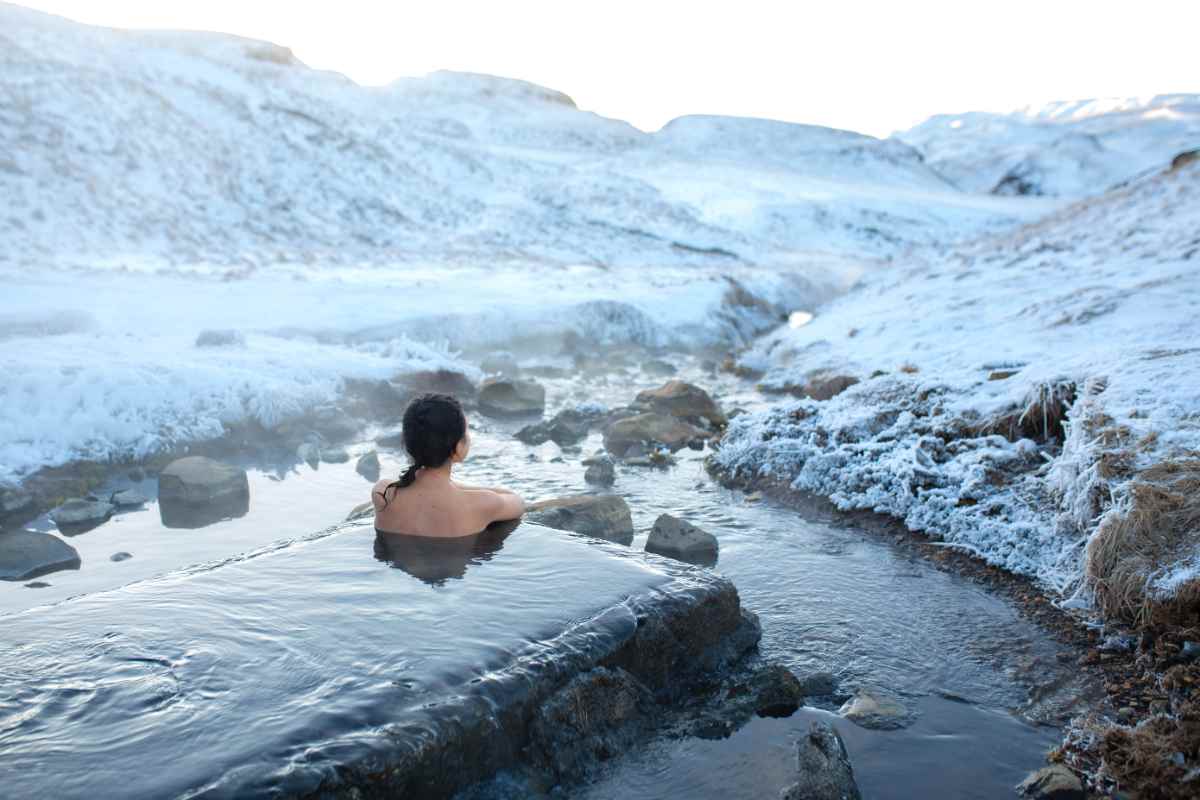
In conclusion, renting a car in Iceland offers a unique opportunity to experience the country's astonishing contrasts, natural wonders, and captivating history firsthand. These 15 cool and interesting facts about Iceland serve as a testament to why exploring this Nordic gem by car is a must-do for any adventurous traveler.
The freedom to traverse volcanic landscapes, visit the vibrant capital city, encounter unique wildlife, and delve into ancient Viking heritage is unparalleled. As you embark on your Icelandic road trip, you'll undoubtedly uncover even more awe-inspiring aspects of this remarkable island nation, creating memories that will last a lifetime.